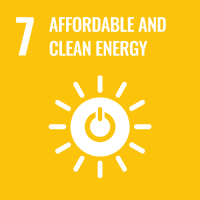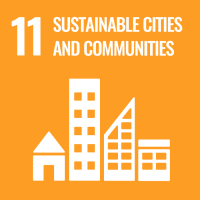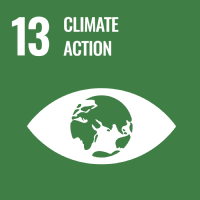education website
- Switch to...
- Main Website
Bridging communities, empowering youth: How Alejandro Nassar is nurturing the next generation of climate leaders
Solar for Schools doesn’t just work with UK schools. Our growing community of international schools extends across Spain, Germany, India and Colombia.
We recently caught up with Alejandro Nassar from Colegio Anglo Colombiano in Bogotá, Colombia, to talk about their experience with our education programme and how they’re embedding solar and energy education into their curriculum. Colegio Anglo Colombiano is the first school to have created and shared solar-related lesson resources themselves, and are allowing us to share this wider with other schools in the community. So it seems fair to say that at Colegio Anglo Colombiano, sustainability isn’t just an add-on — it’s woven into the curriculum, the infrastructure and the community.

A passionate sustainability champion
At the heart of the school’s work in this area is Alejandro Nassar. Alejandro is part of the school’s Social and Environmental Responsibilities Department and his remit spans three pillars. These are: integrating sustainability into lessons, improving the school’s environmental performance and engaging both the school and its wider community in social and environmental action.
For Alejandro, the key is starting early. “We must raise awareness from four or five years old,” he says. “That’s when children really grasp the urgency of the moment.” His approach isn’t to overload teachers with extra work, but to embed sustainability into topics already being taught, making environmental thinking a natural part of learning.
This belief in youth power runs deep. Before joining Anglo, Alejandro worked on conservation projects in Colombia’s Amazon and Andes regions, then led Pacto por el Clima, an organisation dedicated to empowering young people to understand and influence climate policy. From workshops on the realities of climate activism in the Global South, to training youth in how to engage effectively at UN climate conferences, his mission has been to give young people the knowledge, confidence, and tools to speak with impact.
One flagship initiative is Colombia’s Local Conference of Youth (LCOY), part of a global network that feeds into the annual UN climate talks. These gatherings bring together young people from across the country to share priorities, build skills, and co-write a declaration for decision-makers. “It’s not just about attending big conferences,” Alejandro explains. “It’s about knowing how to participate effectively so your voice is truly heard.”
“We must raise awareness from four or five years old. That’s when children really grasp the urgency of the moment.”

Equipping young people with tools for the future
Alejandro’s projects go beyond policy spaces. Through arts-based programmes like Las Palabras Serán Agua (“Words Will Be Water”), communities explore water conservation using mural painting and augmented reality. Another, La Chiva Climática, transforms a traditional Colombian bus into a mobile classroom, visiting remote communities to exchange environmental knowledge.
Respect for local and indigenous knowledge is central to his method. “We don’t impose a vision. We ask communities to set the rules and decide how to share their knowledge,” Alejandro says. This approach has fostered trust and mutual learning, especially in regions facing the dual pressures of environmental degradation and social injustice.
Some of his most inspiring moments come from the youngest participants. He recalls two sisters, aged just eight and ten, who attended LCOY from the high Andean city of Pasto, see pic below. “They understood the challenges of mining in their community, and the concept of a just transition, better than many adults. They are already leaders.”
Alejandro’s work shows the power of starting early, listening deeply, and building bridges between cultures and generations. It’s a reminder that when we equip young people with knowledge, tools and hope, they can — and will — lead the way towards a more sustainable future.




